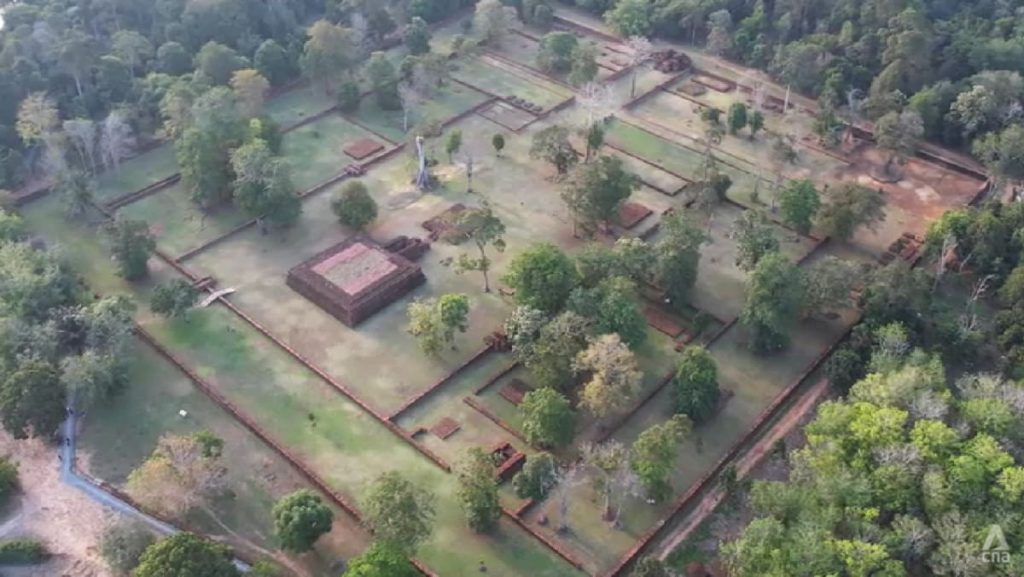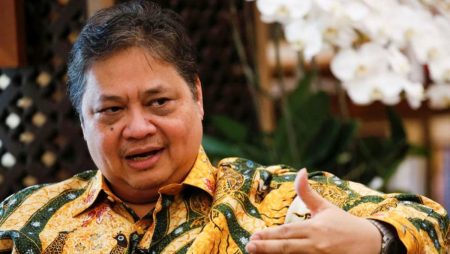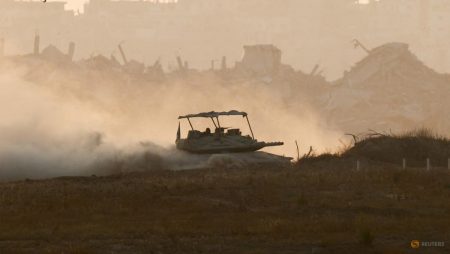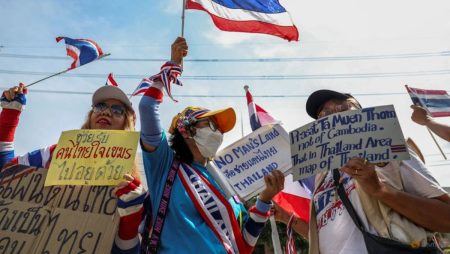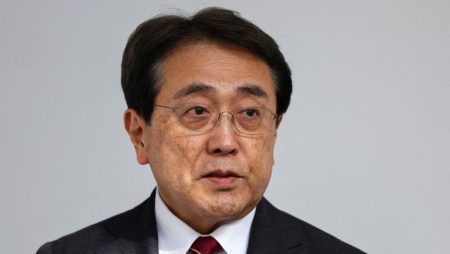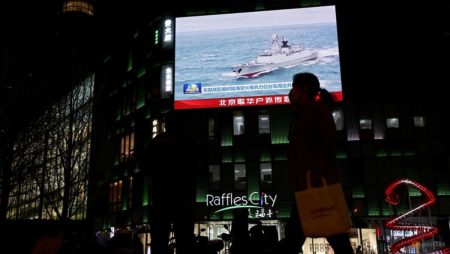The Muarajambi Temple Complex, a sprawling testament to Indonesia’s rich pre-colonial history, is poised for a revitalization that aims to restore its former glory and secure its place as a UNESCO World Heritage Site. This ambitious undertaking, however, presents a formidable challenge demanding substantial resources, both financial and human, alongside a concerted effort to navigate the complex socio-economic and environmental realities of the region. The project carries a profound significance, not merely as an archaeological endeavor, but as a symbol of national pride and a beacon of cultural preservation for generations to come. As Agus Widiatmoko, the lead archaeologist at the site, eloquently stated, the restored complex will inspire present and future generations, reminding them of Indonesia’s rich heritage and the advanced civilizations that flourished long before European colonization.
The revitalization initiative, gaining momentum after a visit by former President Joko Widodo in 2022, seeks to unearth and restore the complex’s more than 115 structure sites, including an estimated 82 ruins still buried beneath the earth. This meticulous process necessitates extensive archaeological excavation, meticulous restoration of existing structures, and the development of a comprehensive site management plan to ensure the long-term preservation of the site. The complexity of this undertaking is underscored by the sheer scale of the site, the delicate nature of the archaeological remains, and the need to integrate the revitalization efforts with the surrounding environment and local communities. The project will also involve the creation of a state-of-the-art museum, a crucial component in showcasing the historical and cultural significance of Muarajambi to both local and international audiences.
Securing the necessary resources for this monumental undertaking presents a significant hurdle. Hilmar Faris, former director general of culture, highlights the economic realities of Jambi province, where mining, coal, and palm oil plantations dominate the economic landscape. Diverting resources from these established industries towards cultural preservation requires a paradigm shift in priorities and a concerted effort to demonstrate the long-term economic and social benefits of investing in cultural heritage. Furthermore, the looming threat of climate change adds another layer of complexity, requiring careful consideration of environmental impacts and the implementation of sustainable practices throughout the revitalization process.
The planned museum at Muarajambi is envisioned as more than just a repository of artifacts. It will be a dynamic and interactive space, encompassing open areas for artistic expression, research laboratories dedicated to architecture, botany, and culture, and educational programs designed to engage visitors of all ages. This multi-faceted approach aims to solidify Muarajambi’s identity as a center for learning and cultural exchange, fostering a deeper understanding of the region’s rich history and its connections to the wider world. The museum will also serve as a platform for showcasing the intricate artistry and cultural traditions associated with Muarajambi, ensuring that these intangible aspects of heritage are preserved and transmitted to future generations.
The long-term vision for Muarajambi extends beyond mere physical restoration. It envisions the creation of a living, breathing cultural landscape that integrates seamlessly with the surrounding community and contributes to the sustainable development of the region. This requires a holistic approach that involves local communities in the planning and implementation processes, fostering a sense of ownership and pride in their shared heritage. By providing educational opportunities, promoting cultural tourism, and creating economic opportunities linked to the site, the revitalization project aims to empower local communities and ensure their active participation in the ongoing preservation of Muarajambi.
The projected 15-year timeline for the revitalization underscores the magnitude of the task at hand. It reflects the commitment to a meticulous and comprehensive approach, ensuring that the restoration is carried out with the utmost care and respect for the historical and cultural significance of the site. This long-term perspective also allows for the integration of evolving best practices in archaeological conservation, sustainable development, and community engagement, ensuring that Muarajambi stands as a model for heritage preservation for decades to come. The ultimate goal is to transform Muarajambi into a vibrant cultural destination that celebrates Indonesia’s rich past, inspires present generations, and leaves a lasting legacy for the future.




